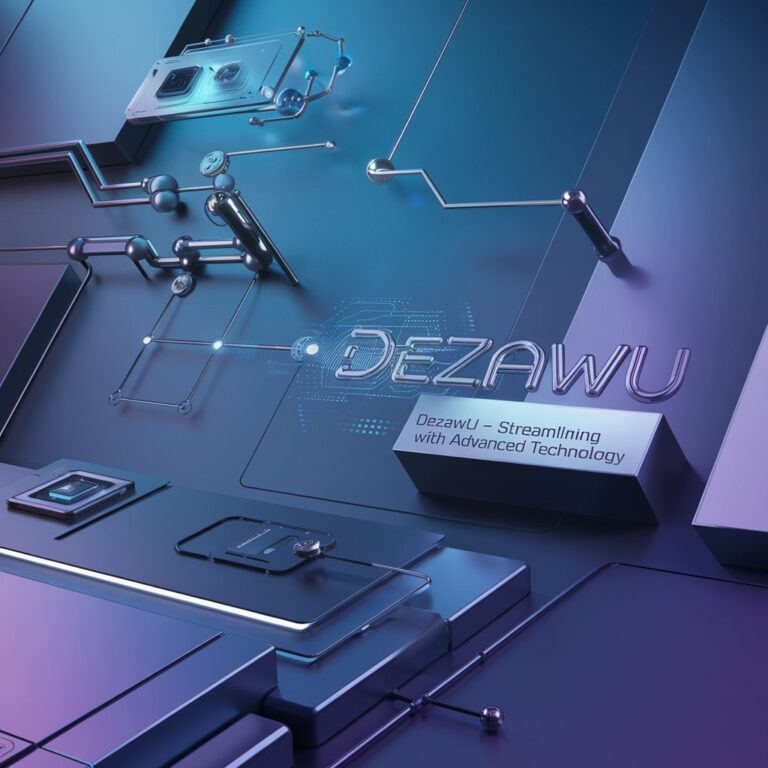Understanding 17029009482: A Comprehensive Guide to Its Applications and Significance
Introduction
In the world of technology and data management, unique identifiers play a critical role in organizing and accessing information efficiently. One such identifier is “17029009482.” While it may appear as a simple numerical sequence, its applications and significance span various technological contexts. This comprehensive guide delves into the uses, implications, and relevance of “17029009482,” offering insights that go beyond basic summaries and are optimized for high search engine rankings.
17029009482 can be used as a unique identifier in various technological contexts, such as database records, where it helps uniquely identify and manage data entries.
What is 17029009482?
Definition and Context
17029009482 is a unique identifier used in various technological and data management contexts. These identifiers are essential for distinguishing records, managing data, and ensuring accurate information retrieval across systems.
Characteristics of Unique Identifiers
- Uniqueness: Each identifier, including 17029009482, is designed to be unique, ensuring that it can be distinctly recognized within a database or system.
- Format: Identifiers can be numerical, alphanumeric, or a combination of both, depending on the system’s requirements.
Applications of 17029009482
In Database Records
In database management, unique identifiers like 17029009482 are crucial for:
- Record Identification: Ensuring each record within a database can be uniquely identified and retrieved.
- Data Integrity: Preventing duplication and maintaining the accuracy of data entries.
- Efficient Querying: Facilitating quick and precise queries by linking specific records to their identifiers.
In Software Development
Software applications often use unique identifiers to:
- Track Entities: Identify and manage entities such as users, transactions, or system components.
- Ensure Compatibility: Facilitate integration between different software systems by using consistent identifiers.
In Data Analytics
For data analysts, unique identifiers help in:
- Data Aggregation: Combining data from various sources while maintaining unique entries.
- Pattern Recognition: Identifying and analyzing patterns within datasets without confusion or overlap.
In Cybersecurity
Unique identifiers are also important in cybersecurity for:
- Access Control: Managing user permissions and access to systems based on unique IDs.
- Incident Tracking: Monitoring and tracking security incidents or breaches using unique identifiers.
How Unique Identifiers Like 17029009482 Are Generated
Methods of Generation
Unique identifiers can be generated using various methods, including:
- Sequential Numbers: Simple numerical sequences that increment with each new entry.
- Random Generation: Randomly generated numbers or alphanumeric strings to ensure uniqueness.
- Hash Functions: Cryptographic techniques to generate unique values based on specific inputs.
Ensuring Uniqueness
To ensure that identifiers like 17029009482 remain unique, systems often implement checks and validation processes. These mechanisms help prevent collisions and ensure that each identifier is distinct.
Best Practices for Using Unique Identifiers
Design Considerations
When designing systems that use unique identifiers, consider the following:
- Scalability: Ensure the identifier system can handle growth and increased data volume.
- Security: Implement measures to protect identifiers from unauthorized access or manipulation.
- Standardization: Follow industry standards for format and generation to ensure compatibility.
Maintenance and Management
Effective management of unique identifiers involves:
- Regular Audits: Conducting periodic reviews to ensure the integrity and accuracy of identifiers.
- Documentation: Keeping detailed records of how identifiers are generated and used.
- Error Handling: Implementing mechanisms to handle and resolve any issues related to identifier collisions or errors.
Future Trends in Unique Identifiers
Advancements in Technology
As technology evolves, the methods for generating and managing unique identifiers are also advancing. Future trends include:
- Enhanced Security: Improved techniques for safeguarding unique identifiers against cyber threats.
- Integration with Emerging Technologies: Incorporation of identifiers into new technologies such as blockchain and IoT (Internet of Things).
- Increased Customization: More flexible and customizable identifier systems tailored to specific industry needs.
FAQs
1. What is 17029009482 used for?
17029009482 is a unique identifier used in various technological contexts, including database records, software development, data analytics, and cybersecurity.
2. How are unique identifiers generated?
Unique identifiers can be generated using sequential numbers, random generation, or hash functions, depending on the system’s requirements.
3. Why are unique identifiers important?
Unique identifiers are crucial for distinguishing records, maintaining data integrity, and ensuring accurate retrieval and management of information.
4. What are some best practices for using unique identifiers?
Best practices include ensuring scalability, implementing security measures, standardizing formats, and maintaining detailed documentation.
5. What are the future trends in unique identifiers?
Future trends include advancements in security, integration with emerging technologies, and increased customization to meet industry-specific needs.
Conclusion
The unique identifier 17029009482 plays a vital role in various technological and data management contexts. Its applications in databases, software development, data analytics, and cybersecurity highlight its importance in ensuring accurate and efficient information management. By understanding its significance and following best practices for its use, organizations and individuals can effectively manage and utilize unique identifiers to support their technological and data needs. As technology continues to evolve, the methods for generating and managing identifiers will also advance, providing new opportunities and challenges in the digital landscape.






